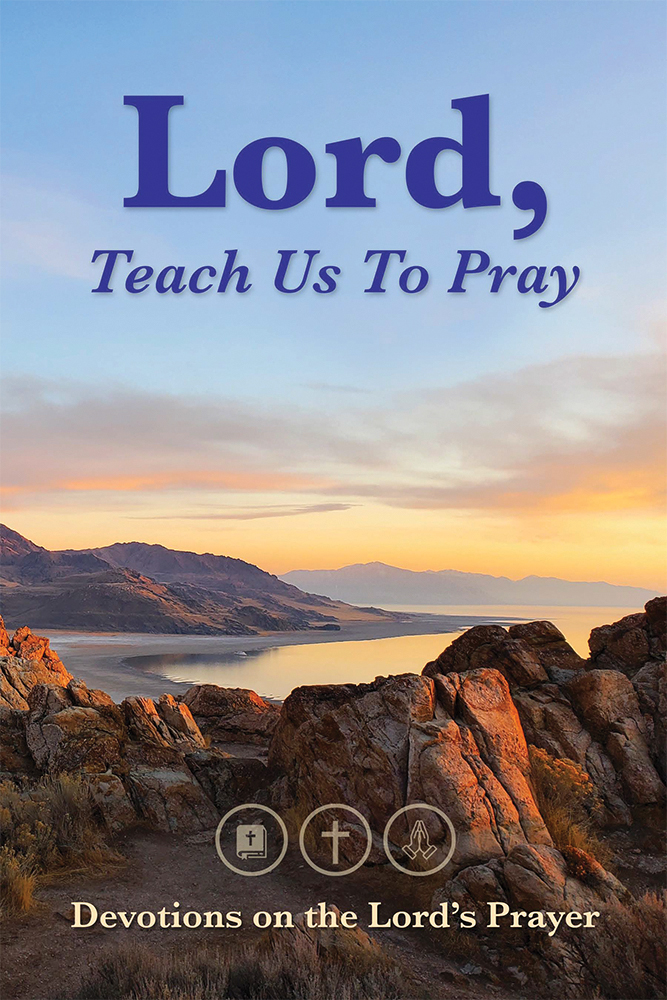
Teaching Sunday school is a beautiful calling. Whether you’re stepping into the classroom for the first time or have been teaching for years, you carry a sacred responsibility: guiding young hearts into the truth of God’s Word. But along with this joy often comes fear—fear of not knowing enough, fear of losing control of the classroom, fear of failing to make a difference. Maybe you’ve whispered to yourself, “Who am I to do this?” or wondered whether you are equipped for such a task.
The Weight of the Calling
Standing before children with an open Bible, you might feel a mix of joy and trembling. You want to share God’s Word faithfully, but doubts creep in. What if they ask questions I can’t answer? What if my lesson falls flat? These fears are real, but they are not new. Even Moses, when called by God, hesitated: “Who am I, that I should go to Pharaoh, and that I should bring the Israelites out of Egypt?” (Exodus 3:11). God’s answer was simple and profound: “I will certainly be with you” (Exodus 3:12).
The Source of Confidence
Your confidence as a Sunday school teacher does not come from perfect preparation, flawless teaching, or captivating storytelling. Your confidence comes from the Lord who promises to work through his Word. Isaiah records God’s assurance: “In the same way my word that goes out from my mouth will not return to me empty. Rather, it will accomplish whatever I please, and it will succeed in the purpose for which I sent it” (Isaiah 55:11).
That means every time you open Scripture with your students, God is at work. Even when your words stumble, even when the classroom feels chaotic, his Word is living and active. You are not carrying the burden of changing hearts—God is.
The Grace to Keep Going
For the veteran teacher, there may be fatigue—lessons blending together, energy running thin. For the new teacher, there may be nerves—feeling unqualified or overwhelmed. In both cases, God’s grace remains steady. Paul reminds us, “We hold this treasure in clay jars to show that its extraordinary power is from God and not from us” (2 Corinthians 4:7).
You may feel like a fragile jar of clay, but inside and out, you carry the treasure of the gospel for you and your students. That treasure is more than enough.
If you’ve ever walked away from class feeling like you failed, remember this: Your labor in the Lord is never in vain (1 Corinthians 15:58). God sees your effort, your prayers, and your love for the children you teach. He delights to use you—even in weakness—as his instrument.
Final Encouragement
Dear teacher, you are not alone. The same Lord who called you also equips you. The same Spirit who inspired Scripture works through it in your classroom. The same Savior who forgave Peter’s denials and Paul’s persecutions forgives your shortcomings and renews your strength. Teaching Sunday school is not about your adequacy but about God’s sufficiency. Walk into that classroom with confidence—not in yourself but in Christ who is with you always.
A Prayer for Sunday School Teachers
Lord Jesus, you are the Teacher of teachers. Thank you for entrusting me with the privilege of sharing your Word with children. Calm my fears and quiet my doubts. Remind me that your Word is powerful, your Spirit is present, and your grace is sufficient. Help me rest not in my ability but in your promises. Bless the children I teach, that they may know you and grow in faith. In your name I pray. Amen.

To support you in this calling, You Can Teach Sunday School provides encouragement from experienced teachers who have walked the same road. Inside, you’ll find practical suggestions for adapting material, understanding age differences, and keeping your teaching focused on the gospel. Whether you are preparing for your very first class or your hundredth, this book can help you teach with clarity and confidence in Christ.
Looking for some quick and practical tips for teaching Sunday school? Check out our mini-series here.
Did you enjoy this post? Subscribe for free devotional content every week!
Scripture references come from the Holy Bible: Evangelical Heritage Version. Click here to learn more about this translation.


Leave a Reply